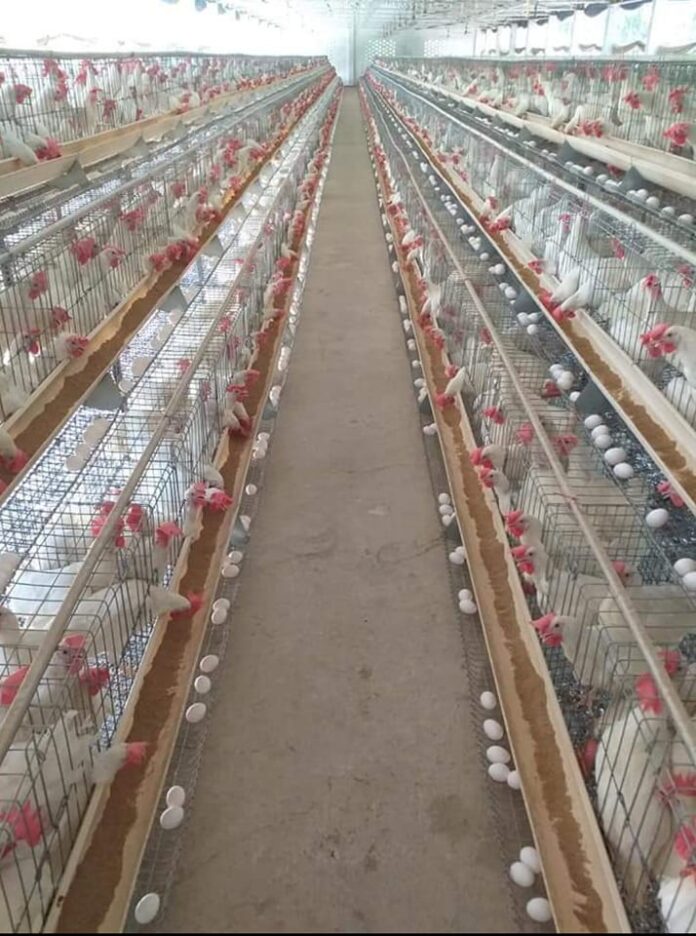INNOVATIONS IN THE INDIAN POULTRY FARMING – ALTERNATIVE FEED SUPLEMENTS in QUAILS
M.Nithya Quintoil1 A.Varun1, M.Vigneswari1, M.Hariharan2, N.Balamurugan2 and S.Gurusaran2
1Assistant Professor, Rajiv Gandhi Institute of Veterinary Education and Research
2Field Veterinarian, Puducherry
Nutrition is one of the most important factors required to obtain normal growth and egg production from quails. The major constraint for rapid development of quail industry is the escalating feed cost which at present accounts for nearly 60-70 percent of total cost of quail production. The feed cost has recorded a 300 percent increase compared to less than 60 percent increase in sale price of poultry products. This unparalleled escalation in the feed cost poses a great threat for the rapid developing of quail industry, and necessitates reduction in the feed cost by adopting optimal scientific dietary protein nutrition along with the balanced ration. The nutritional requirement of quail is expected to vary according to the environment especially in the humid tropics. Developing nations like India, the cost of energy and protein in feed like maize and fish meal are expensive and so an alternate cheap source of energy and protein has to be supplemented. There are many choices of alternate energy and protein sources available to completely or partially replace the maize and fishmeal of the Japanese quail ration. In this connection, chocolate waste and earthworm meal can be utilized as source of energy and protein in quail ration efficiently.
Effect of Chocolate waste on Japanese quail Performance
Chocolate waste is the waste available during production of chocolates due to spillage or due to irregular sizes. The iron, manganese, zinc and copper in chocolate waste analysed in different regions of Tamil Nadu ranged from 25.53 to 177.77, 0.00 to 50.67, 0.02 to 0.15 and 0.01 to 0.11 ppm respectively. The essential amino acids lysine and methionine content in chocolate waste analysed from different regions of Tamil Nadu ranged from 0.001 to 0.003 and 0.003 to 0.011 per cent, respectively.
The effect of including graded levels of chocolate waste replacing maize on growth and laying performance and egg quality was studied in Japanese quails.
- As a rich source of energy containing metabolisable energy of 3571.51kcal/kg similar to that of maize.
- Has higher levels of calcium (0.09 %), phosphorus (0.36 %), iron (74.52 ppm) and manganese (19.10 ppm) than maize.
- Can be added up to 15 % in Japanese quail diets for higher body weight, body weight gain and feed efficiency.
Effect of earthworm meal on Japanese quail Performance
Earthworm meal (vermin meal) is better alternative to fish meal in terms of quality and has been found to be an efficient substitute for fish meal in livestock nutrition. The potential value of earthworm as a protein source has been established by several authors (Ugwumba, 2006; Sogbesan and Madu, 2008). Vielma-Rondon (2003) revealed that earthworms are an excellent and rich source of (>60%w/w) protein. Furthermore, many studies had shown that earthworms not only serve as a protein rich source but also as essential amino acids sources, especially lysine. The crude protein and carbohydrate content of the EWM was high both in quality and quantity (29.49% ± 0.011 and 2649 kcal/kg), respectively in earth worm meal.
Asparagus racemosus (shatavari) root powder in feed
The proximate composition of Asparagus racemosus analyzed viz., dry matter, crude protein, crude fibre, ether extract, total ash, acid insoluble ash and nitrogen free extract ranged from 94.55 to 99.05, 4.98 to 6.31, 15.03 to 19.64, 0.23 to 0.40, 2.75 to 4.30, 0.34 to 0.59 and 70.00 to 76.22 per cent respectively. The calcium, phosphorus and magnesium of Asparagus racemosus (shatavari) root powder estimated in this study ranged from 0.72 to 0.88, 0.49 to 0.74 and 0.19 to 0.20 per cent respectively and the trace minerals copper, iron, zinc, manganese and cobalt ranged from 2.99 to 3.24, 20.78 to 21.81, 1.97 to 2.16, 12.98 to 13.68 and 0.99 to 1.52 ppm respectively. The Asparagus racemosus (shatavari) root was found to contain 3237 Kcal/kg of gross energy.
- Contains almost 70-75 per cent of protein content present in maize.
- The gross energy values reported all most 80 per cent of gross energy present in tapioca thippi.
- Asparagus racemosus (shatavari) root powder could be supplemented upto 1.5 per cent level in Japanese quails without affecting the growth performance and carcass characteristics.
- Inclusion of Asparagus racemosus (shatavari) root powder increased the livability per cent by almost 5 per cent compared to control birds.
Innovative technology and practices transforming India’s poultry farming sectors


